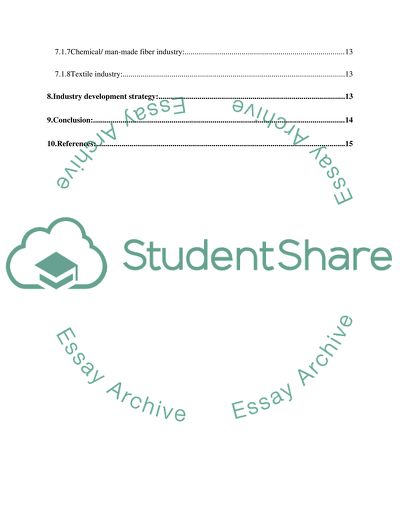Cite this document
(Australia's Apparel Industry Analysis Case Study, n.d.)
Australia's Apparel Industry Analysis Case Study. Retrieved from https://studentshare.org/marketing/1567495-australias-apparel-industry-analysis
Australia's Apparel Industry Analysis Case Study. Retrieved from https://studentshare.org/marketing/1567495-australias-apparel-industry-analysis
(Australia'S Apparel Industry Analysis Case Study)
Australia'S Apparel Industry Analysis Case Study. https://studentshare.org/marketing/1567495-australias-apparel-industry-analysis.
Australia'S Apparel Industry Analysis Case Study. https://studentshare.org/marketing/1567495-australias-apparel-industry-analysis.
“Australia'S Apparel Industry Analysis Case Study”. https://studentshare.org/marketing/1567495-australias-apparel-industry-analysis.


